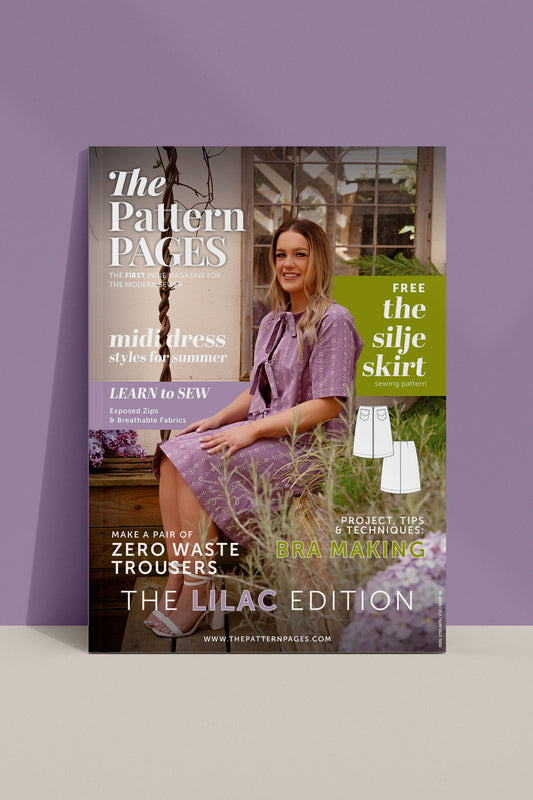
7 Ways to Neaten a Seam
Share
In this wonderful Learn to Sew feature, Liz Haywood shares 7 ways to neaten a seam on your garments to stop your fabric from fraying and other reasons to neaten them too!
- It can improve the inside appearance of unlined capes, coats and jackets – how lovely it looks to see the inside of a jacket draped over a chair, with beautifully finished seams!
- If the fabric is rough or hairy, covering the raw edges makes it more comfortable next to the skin.
- On transparent fabrics – it makes the seams less noticeable and neater-looking on the right side.
From the right side of your garment, a seam finish (also known as overcasting) will look flat and unnoticeable – unless you’re using it for decorative purposes.
Types of seam
Open seams
These seams are neatened on both sides and can be done before or after sewing the seams.
Closed seams
These seams are neatened together through both layers of the fabric.
Here are 7 ways you can neaten a seam:
1. None

What?! Really? None?
Yes, if the fabric doesn’t fray and looks fine as it is, you can just leave it. Why add extra bulk to the seam allowance by neatening it with stitching? Fabrics like Ponte, T-shirt knit, cotton lycra, neoprene, boiled wool or felt don’t fray.
2. Overlocking

Overlocking (or serging) is fast, neat and durable. If you have an overlocker you can use it for almost everything.
3. Zigzag

If you don’t own an overlocker, zigzag gives you a reasonably durable finish and it’s quick to do. Set the zigzag to a wide width and medium length and let one edge of the zigzag sit along the edge of the seam allowance.
4. Overlocker facsimile stitch

Most new sewing machines have an overlocker facsimile stitch - maybe yours does. This stitch is designed to sew the seam and neaten it at the same time.
5. Pinking shears

A ‘pinked’ seam is neatened with pinking shears. A great advantage is that it’s very flat and non-bulky. It’s not very durable and I would hesitate to use it on garments that need frequent washing.
You can sew a line of straight stitching 6mm (¼in) from the edge to minimise fraying as shown here. You might see this style of pinked seam allowance on vintage clothing.
6. Bind the edges

Bound seam allowances are a very classy finish for unlined jackets, capes and coats, or anywhere where a flash of the inside might be seen. You can bind the edges with a matching or contrast-colour binding. It does add bulk and rigidity to the seam allowance and will imprint through to the right side if you’re too heavy with the iron.
7. French seam

A French seam neatens the edge and is also very strong! It looks like a regular seam on the outside and a small tuck on the inside. It’s an excellent choice for transparent or finer fabrics because the wrong side is so neat too.
Author: Liz Haywood
IG: @lizhaywood3754




